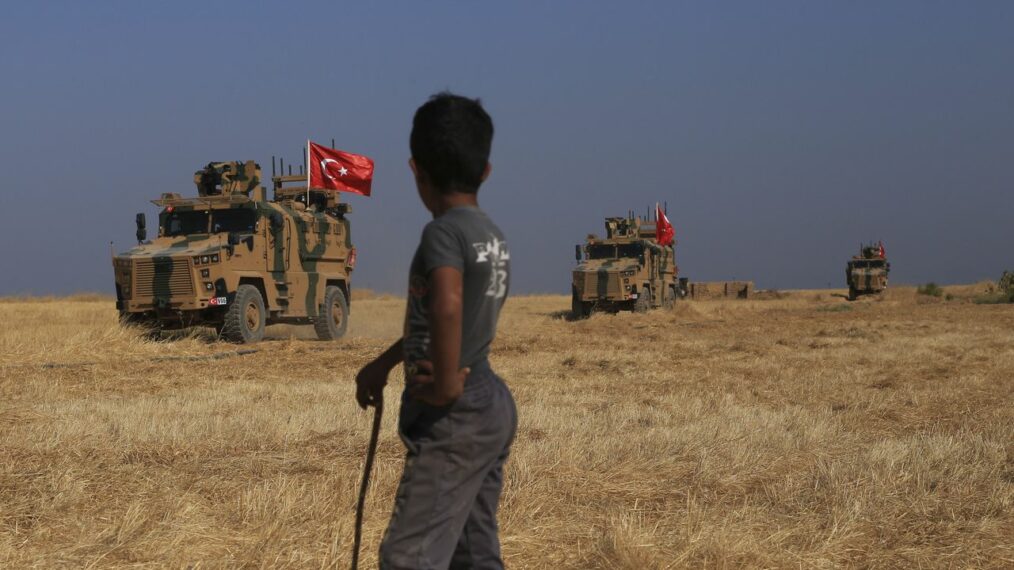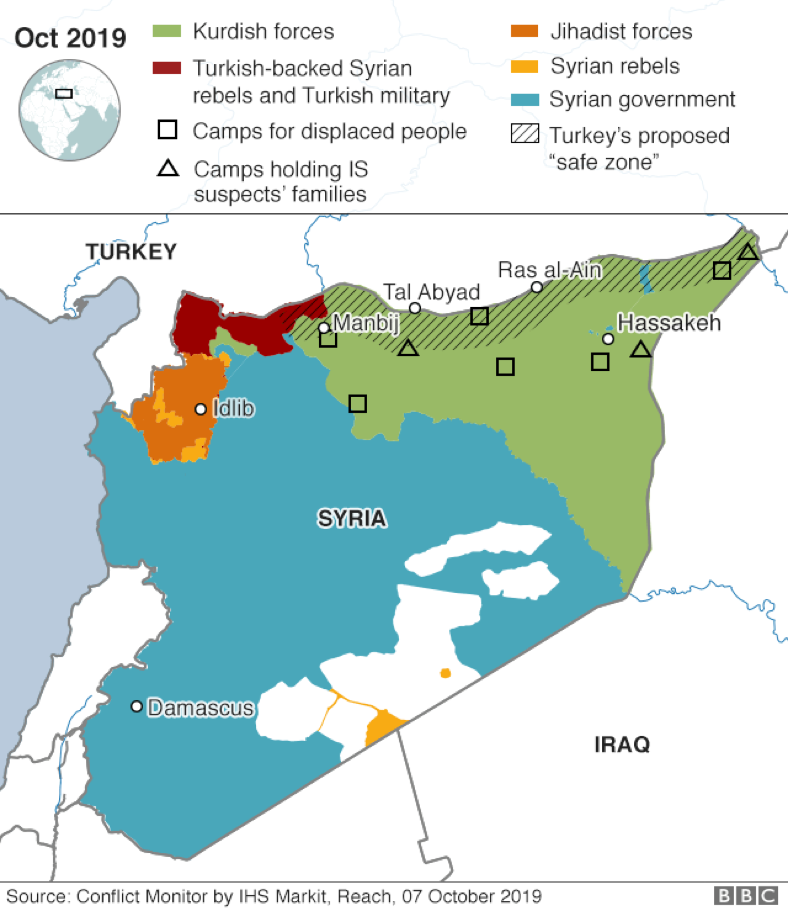On October 26, United States special forces conducted a raid in Barisha, in northwestern Syria, that concluded with the death of Abu Bakr al-Baghdadi. Fear of capture made him detonate a suicide vest while being pursued in a tunnel. According to US officials, the death of ISIL’s former Caliph is the result of five intense months of investigation by intelligence services.
Therefore, there is no doubt that Baghdadi’s last video in April – five years after his last appearance – may have been the catalyst towards his death. Coincidence or not, thirteen years ago, US strikes that killed Abu Musab al-Zarqawi, happened just one month after he appeared in a video in May 2006.
Baghdadi’s death is a turning point and marks the end of ISIL as experienced by the international community. After having lost most of its territory in Iraq and Syria, ISIL has now lost the last link of its so-called Caliphate originally founded by Zarqawi during the US intervention of Iraq.
The short-term success of this unique ideological position could only function through the destruction of communities and the killing of countless lives. However, ISIL under Baghdadi’s authority will always be remembered as the terrorist group that first used new technologies to achieve its goals: drones, propaganda videos worthy of Hollywood movies, and use of the Internet to recruit many foreign fighters.
Despite the lack of information about his real role and powers within ISIL, killing al-Baghdadi still remains truly symbolic as he was the public face and voice of the most pro-active contemporary terrorist organization.
Terrorist attacks across the Middle East and in Europe, heinous crimes such as executions of journalists, aid workers, and a Jordanian pilot, and broadcasting decapitations of civilians were all results of his preaching. He was also the link and the best interlocutor with other affiliate groups throughout this region.
ISIL will experience a period of uncertainty in the short term. Indeed, due to the qualifications of the former, the Islamic State cannot afford to have a leader known solely as a fighter, but a combination of war experience and religious knowledge is a must.
Moreover, the new leader will have to be well known and respected, otherwise, some groups’ leaders may not pledge allegiance. For example, Aboubakar Shekau, leader of Boko Haram in Nigeria, could negotiate strongly his allegiance to the new Caliph.
De facto, this could result in a dispersion of different ISIL branches and a lack of coordination between them. However, ready-made biographies with family trees and organizational charts were found on a number of ISIL leaders who were killed. This is a sign that the Caliphate may have prepared a scenario for the future.
Nevertheless, the death of the former Caliph does not mean the end of ISIL. The terrorist group is now a “brand” and will persist in Iraq and Syria as an insurgency and a franchise in many parts of the world.
Franchises are to be found in Yemen, Libya, West Africa and in Afghanistan. These countries represent a big threat because they possess multiples factors (political, criminal and terrorist) that helped ISIL rise in the first place. This is besides the ongoing threat of the return of foreign terrorist fighters in Europe. It still remains the biggest challenge for intelligence services.
In a short-term vision and from a counter-terrorism perspective, it is always good news that al-Baghdadi has been neutralized. But for occidental governments, they need to be prepared for the next step, as they fear vengeance and revenge from radicalized people within their home countries.
They could be willing to follow orders from al-Baghdadi’s last video in which he stressed the importance of spreading terror worldwide at all costs.
Abu Bakr al-Baghdadi was not as infamous as Osama bin-Laden, but the aftermath of his death is undetermined. It could, however, produce graver consequences.






